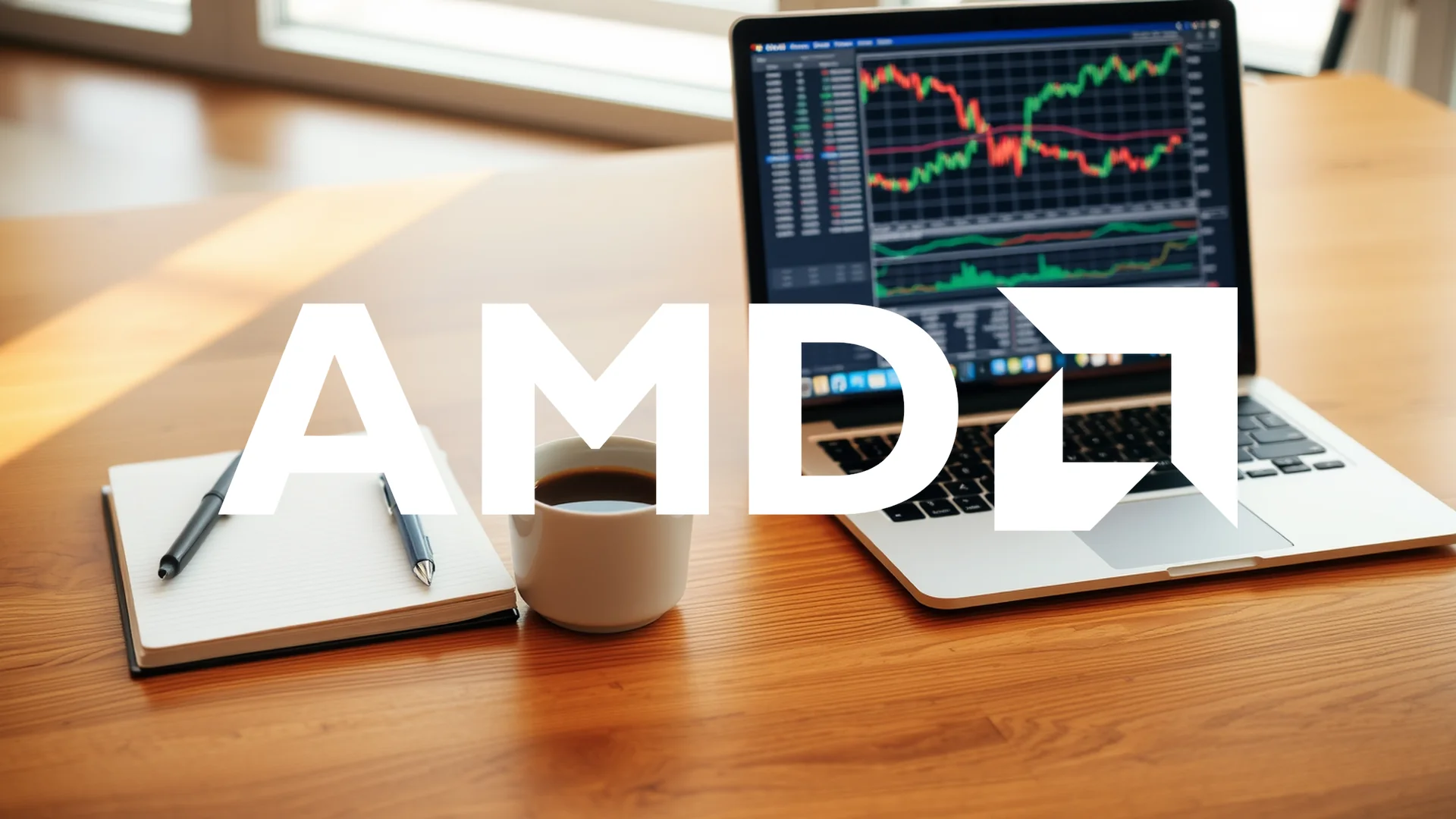The artificial intelligence rally that propelled Advanced Micro Devices (AMD) to dizzying heights has encountered a severe setback. In a dramatic trading session, the chipmaker’s stock plummeted nearly 8%, dragging the broader semiconductor sector down with it. This sudden reversal has market participants questioning whether a broader technology correction is underway.
Sector-Wide Selloff Triggered by Market Reaction
Surprisingly, the catalyst for this downturn originated from sector leader Nvidia. Despite reporting robust quarterly earnings, Nvidia’s results triggered massive selling across the chip industry. The market’s message was unmistakable: valuations in the AI segment had become overheated. What followed was a brutal capital flight from semiconductor stocks.
AMD bore the full brunt of this sector rotation. Billions in market capitalization evaporated within hours as traders unwound positions. The broader PHLX Semiconductor Index declined approximately 5%, while competitor Micron Technology suffered an even steeper 11% drop. Market sentiment now suggests the AI bubble might be approaching its breaking point.
Lofty Valuation Becomes a Liability
The core issue runs deeper than temporary market sentiment. AMD trades at a staggering price-to-earnings ratio of 118. Such premium valuation leaves no room for disappointment, creating vulnerability when risk aversion increases. As caution grows, these high-flying stocks become prime targets for short sellers.
Should investors sell immediately? Or is it worth buying AMD?
Key Market Developments:
* Trading volume surged to 65 million shares changing hands – 30% above average levels
* Institutional investors are aggressively locking in year-to-date profits
* Technical support at $212 has been decisively broken
* The psychological $200 threshold now appears dangerously close
While market analysts maintain their long-term price targets between $278 and $300, citing strategic initiatives like the OpenAI partnership, current market reality tells a different story. The stock’s price movement has completely decoupled from fundamental valuations.
Rotation Into Defensive Plays
Notably, capital isn’t exiting the market entirely but rather shifting sectors. As AMD tumbles, defensive heavyweights like Walmart are posting gains following strong earnings reports. The rotation from high-volatility technology stocks into stable value equities is accelerating.
This trend spells near-term trouble for AMD. The market is no longer rewarding growth promises with premium valuations, instead demanding immediate justification for extreme price multiples. Until this volatility subsides, the stock remains vulnerable – regardless of how promising the company’s AI pipeline may appear for long-term prospects.
Ad
AMD Stock: Buy or Sell?! New AMD Analysis from November 21 delivers the answer:
The latest AMD figures speak for themselves: Urgent action needed for AMD investors. Is it worth buying or should you sell? Find out what to do now in the current free analysis from November 21.
AMD: Buy or sell? Read more here...











